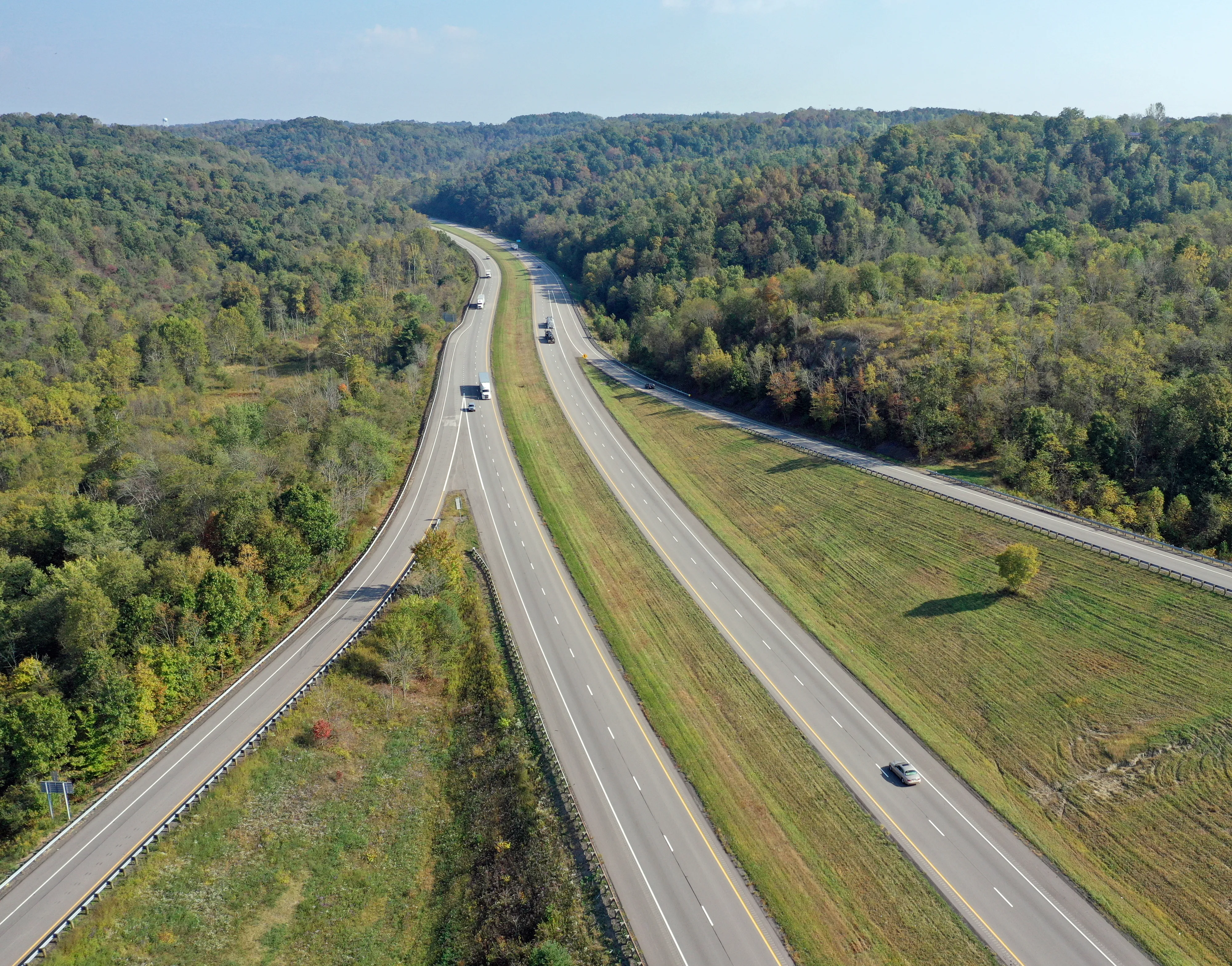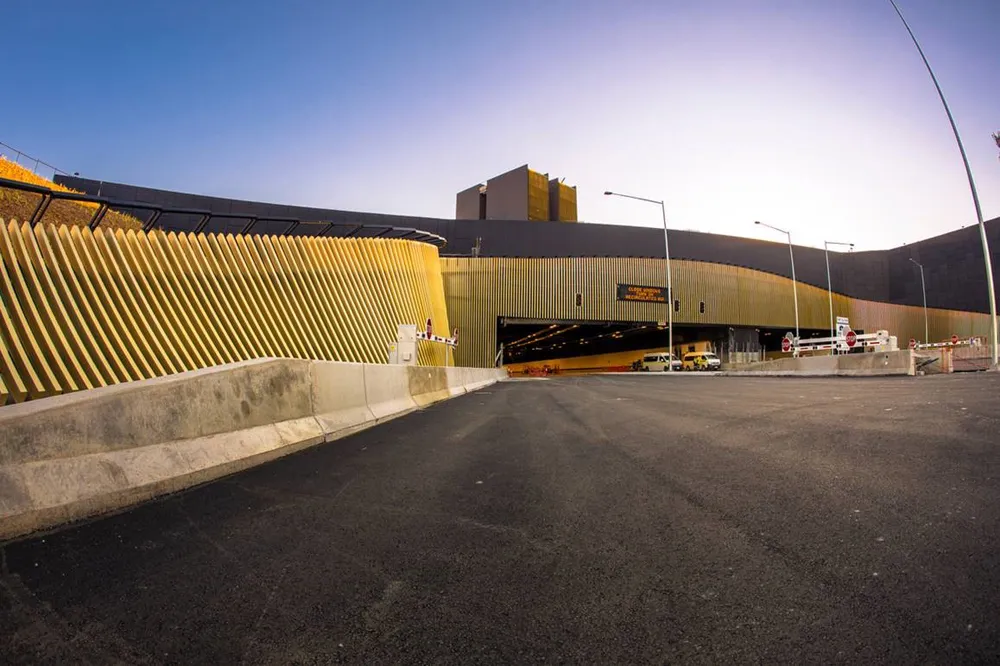
The National Asphalt Pavement Association (NAPA) gave the 2019 Sheldon G Hayes Award to contractor Shelly & Sands of Zanesville, Ohio. This was for excellence in construction of an asphalt pavement, for work for the Ohio Department of Transportation (ODOT) on Interstate 77 in Guernsey County, Ohio.
The Sheldon G Hayes Award has been given annually since 1971 and recognises the highest quality highway pavement works carried out in the US. The company received its award at a ceremony during the association’s 54th Annual Meeting in Maui, Hawaii.
“The asphalt pavement industry is committed to building high-quality projects that deliver superior performance to the traveling public,” said 2019 NAPA chairman John Harper. “All contractor’s projects earning a Sheldon G Hayes Award are measured against industry best practices, rated for smoothness a year after construction, and visually inspected to ensure the project lives up to our promise. I’m honoured to say that, in earning a 2019 Sheldon G Hayes Award, Shelly & Sands has exceeded these rigorous standards.”
Over the 8.4km-long I-77 project, Shelly & Sands milled the old pavement and placed new asphalt pavement mixture. As part of the project, the interchange with State Route 541 required complete rehabilitation and upgrading, including removal of old concrete pavement and replacing it with full-depth asphalt.
A 1.6km test section with a void-reducing asphalt membrane (VRAM), construction of a new bridge deck, and the need to begin paving in the middle of the project due to the scheduling of the bridge work were some of the challenges that Shelly & Sands needed to overcome on the project. Despite this, Shelly & Sands received full incentive payments for joint density and smoothness.
In partnering with ODOT, the project was one of the first pilot tests of a thermal imaging camera to monitor pavement temperature to identify thermal segregation from side to side across the mat. All data was shared with ODOT for research purposes.
This marks the second time in three years that Shelly & Sands has been a finalist or winner of the Sheldon G Hayes Award.
The award is named for Sheldon G Hayes, a founder of NAPA and the association’s first chairman. Hayes spent his entire career striving for better construction techniques and improvements in the quality of asphalt pavements.








